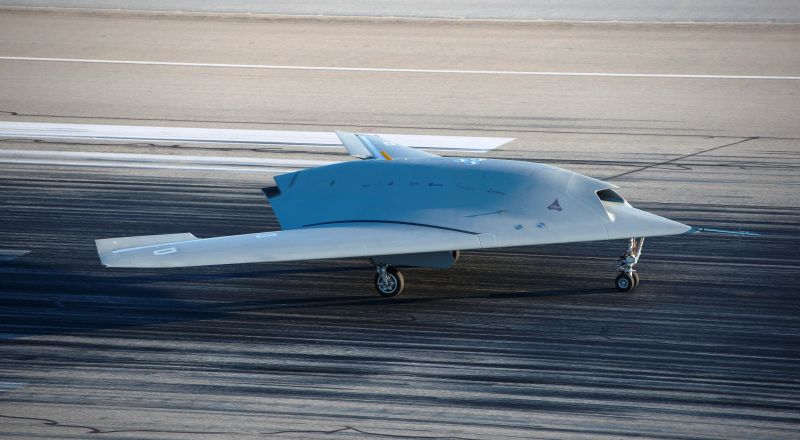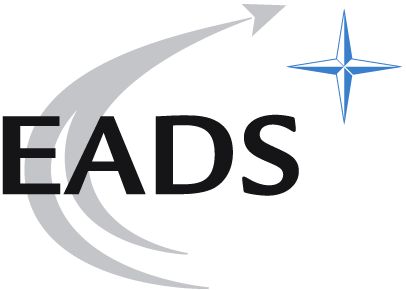A prototype of a European combat drone, the Neuron, made its maiden flight Saturday from a base in the south of France, project leader Dassault Aviation announced.
“It inaugurates the next generation of combat aircraft, whether piloted or not, with the ambition of preserving European autonomy in this field,” the French defence ministry said in a statement.
“It’s a major accomplishment on both the technological and industrial levels,” it added.
The aircraft, which has no vertical tail in order to make it as furtive as possible, flew for 25 minutes under the watch of two test pilots based on the ground.
The Neuron is a prototype, or model serving to test and develop technologies that could be used one day in a pilotless fighter plane which would equip European air forces around 2030.
The programme, launched by France in 2003 with support from Italy, Sweden, Spain, Switzerland and Greece, cost 406 million euros ($527 million), of which France contributed about half.
Drones currently in service are used as surveillance planes or in surgical strike missions, but none rival the tasks performed by combat aircraft.
Under current strategic thinking, drones could be used on the first day of a conflict to destroy enemy anti-air defences, but will not replace piloted planes.
“Today nobody imagines a future with planes without pilots,” said Dassault’s technical director general Eric Gondoin.
Unlike the Pentagon, which is due soon to call for bids for the production of a first fighter drone, the Europeans cannot currently afford to build such a weapon.
In the meantime, Dassault is appealing for financing by European governments interested in a new programme to build an operational prototype, in order to preserve engineering know-how.










